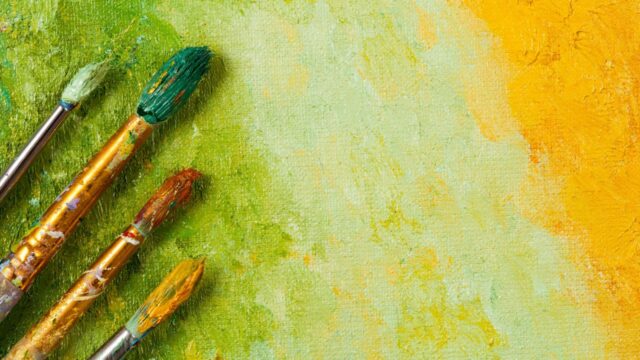The 20th century was a period of dynamic change in the world of art, characterized by radical shifts in style, technique, and cultural impact. Numerous artists from this era have profoundly influenced the development of modern and contemporary art. Here are some of the most influential artists of the 20th century:
Pablo Picasso (1881–1973):
Picasso, an iconic figure in art history, was a pioneer of the Cubist movement and made significant contributions to Surrealism and Symbolism. His ability to reinvent his style and technique over his long career solidified his reputation as a master of modern art. Works like “Guernica” and “Les Demoiselles d’Avignon” are emblematic of his innovative approach to form and perspective.
Jackson Pollock (1912–1956):
Pollock revolutionized the art world with his abstract expressionist works, particularly through his unique drip painting technique. His method of layering paint on large canvases challenged traditional notions of composition and brought spontaneity and movement into the heart of painting.
Frida Kahlo (1907–1954):
Kahlo’s deeply personal and symbolic works, often reflecting her own physical and emotional pain, have made her an enduring figure in both art and popular culture. Her exploration of identity, postcolonialism, gender, and race continues to resonate with audiences around the world.
Salvador Dalí (1904–1989):
As a leading figure in Surrealism, Dalí’s dream-like and often bizarre works captivated the imagination of the 20th century. His technical precision and unique subject matter, as seen in works like “The Persistence of Memory”, have left a lasting impact on both the art world and popular culture.
Andy Warhol (1928–1987):
Warhol was a key figure in the Pop Art movement, which blurred the boundaries between “high” art and popular culture. His works, including the famous Campbell’s Soup Cans and portraits of celebrities like Marilyn Monroe, challenged the traditional art world’s perception of what art could be.
Henri Matisse (1869–1954):
Matisse is known for his use of vibrant color and fluid, expressive forms. As a leader of the Fauvist movement, he played a crucial role in the development of modern art, particularly in his later years when he turned to cut-outs as a primary medium.
Wassily Kandinsky (1866–1944):
A pioneer of abstract art, Kandinsky believed in the spiritual power of color and form. His compositions sought to convey emotion and inner experiences rather than depict the physical world, influencing generations of abstract artists.
Mark Rothko (1903–1970):
Rothko’s work is synonymous with the Color Field movement. His large-scale paintings, characterized by soft-edged rectangles of color, evoke deep emotional responses and continue to be celebrated for their meditative qualities.
These artists not only pushed the boundaries of what art could be, but also shaped the cultural and intellectual landscapes of their times, leaving a legacy that continues to influence artists and art lovers today.
Sources:








